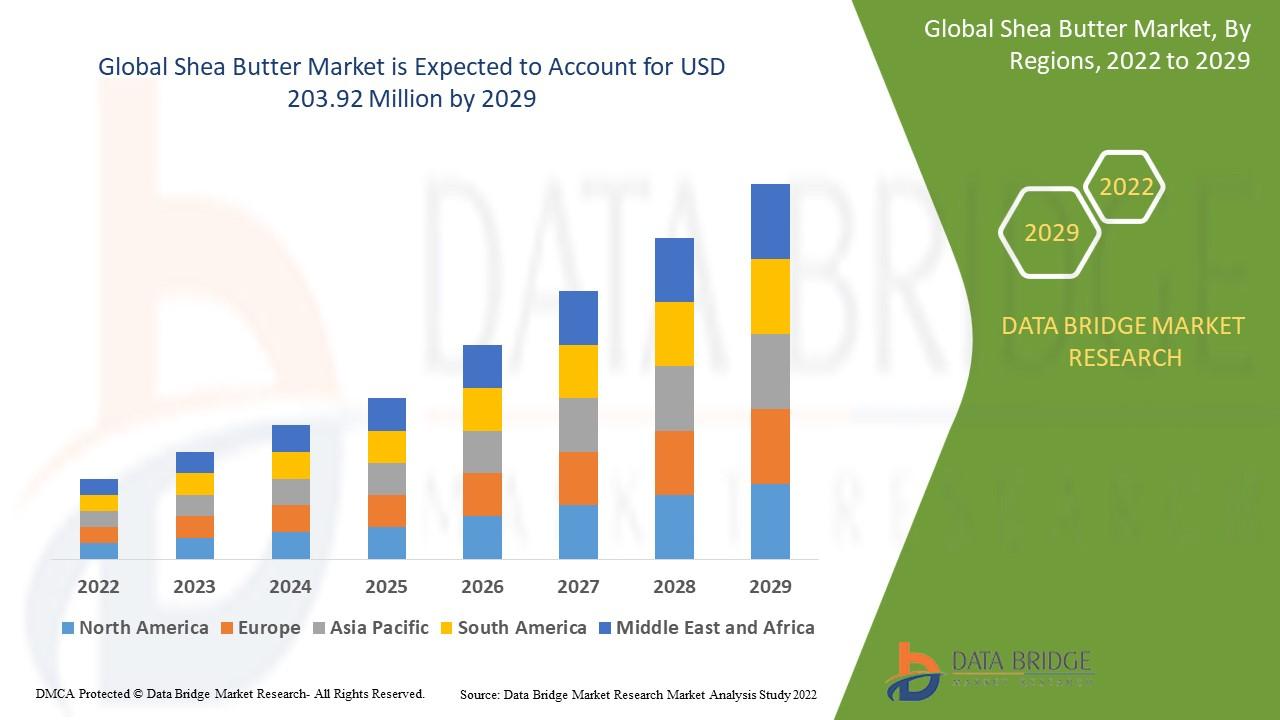Advanced Electricity Meters: Pioneering the Future of Energy Management
The global energy landscape is undergoing a remarkable transformation with the integration of advanced electricity meters. These cutting-edge devices are reshaping how consumers and utilities monitor, manage, and optimize electricity usage. As nations shift toward sustainable energy systems and smarter grids, advanced meters play a pivotal role in achieving energy efficiency, reducing operational costs, and enhancing customer engagement.
Understanding Advanced Electricity Meters
Advanced electricity meters, often part of the broader Advanced Metering Infrastructure (AMI), are digital devices designed to measure and record electricity consumption in real time. Unlike traditional analog meters that require manual readings, these smart meters communicate usage data automatically to the utility company via secure networks. This two-way communication allows for greater transparency, dynamic pricing, and faster response to outages or system inefficiencies.
The technology behind advanced electricity meters integrates sensors, data analytics, and communication modules to deliver precise and continuous information on energy flow. This enables consumers to monitor their consumption patterns, identify waste, and make informed decisions to reduce electricity bills. For utilities, it facilitates better grid management, reduces non-technical losses, and supports the integration of renewable energy sources like solar and wind.
Benefits for Consumers and Utilities
The adoption of advanced electricity meters brings multifaceted benefits to both end-users and energy providers.
-
Enhanced Accuracy and Transparency: Digital meters eliminate human errors and estimate-free billing. Consumers receive accurate and detailed reports of their energy use, improving trust and accountability.
-
Energy Efficiency and Cost Savings: With access to real-time consumption data, users can adjust their energy usage habits, leading to lower bills and a smaller carbon footprint. Utilities can also implement demand-response programs to balance grid load and minimize peak-time strain.
-
Improved Reliability: Advanced meters detect faults and outages instantly, allowing utilities to address issues proactively, thus reducing downtime and improving service reliability.
-
Support for Renewable Integration: These meters are vital for integrating distributed energy resources, such as rooftop solar panels and electric vehicles, ensuring smooth power flow and system stability.
Role in Smart Grid Development
Advanced electricity meters are foundational elements of smart grid infrastructure. They enable two-way data flow between utilities and consumers, allowing dynamic pricing models, time-of-use tariffs, and more responsive grid operations. Smart grids equipped with these meters can automatically balance supply and demand, detect anomalies, and optimize energy distribution in real time.
Moreover, the data collected from millions of advanced meters helps utilities forecast demand, improve load management, and plan infrastructure upgrades efficiently. Governments worldwide are investing heavily in smart grid and AMI projects, recognizing their potential to modernize energy systems and meet decarbonization goals.
Challenges and Future Outlook
Despite their numerous advantages, advanced electricity meters face certain challenges. Data privacy and cybersecurity remain key concerns, as these devices handle sensitive consumer information. Additionally, initial installation costs can be high, particularly for large-scale rollouts in developing regions.
However, advancements in IoT, AI, and data encryption technologies are mitigating these challenges. The future of advanced electricity meters looks promising, driven by growing urbanization, energy digitization, and regulatory mandates promoting sustainable energy practices. As adoption accelerates, these meters will become central to achieving global energy efficiency targets and empowering consumers in the digital energy era.
Frequently Asked Questions (FAQs)
Q1. What makes advanced electricity meters different from traditional meters?
Advanced electricity meters provide real-time consumption data and enable two-way communication with utilities, unlike traditional analog meters that require manual readings and only record total usage.
Q2. How do advanced electricity meters help consumers save energy?
They provide detailed insights into energy usage patterns, allowing consumers to identify inefficiencies and adjust behavior to reduce electricity consumption and costs.
Q3. Are advanced electricity meters secure?
Yes, modern advanced meters use encryption and authentication protocols to ensure data privacy and prevent unauthorized access. Utilities also comply with strict cybersecurity standards to safeguard consumer information.
More Related Reports:
upstream oil gas analytics market
Kategoriler
Read More
The U.K. cat litter market is expected to reach USD 301.05 million by 2032 from USD 217.18 million in 2024, growing at a CAGR of 4.2% in the forecast period of 2025 to 2032. The global business landscape is undergoing a transformation, with industries increasingly leaning on deep research and actionable insights to make strategic decisions. One segment seeing tremendous...

"Executive Summary Premium Spirits Market Size and Share: Global Industry Snapshot Data Bridge Market Research analyses that the premium spirits market, valued at USD 158.04 billion in 2022, will reach USD 343.74 billion by 2030, growing at a CAGR of 10.2% during the forecast period of 2023 to 2030. Premium Spirits Market report offers the most appropriate solution for the...

The Blockchain in Smart Home Market share is rapidly increasing as the technology continues to revolutionize domestic ecosystems. The market was valued at USD 0.28 billion in 2023, and is projected to grow from USD 0.39 billion in 2024 to USD 4.46 billion by 2032, with a stellar CAGR of 35.24% throughout the forecast period. This growth reflects consumer demand for smarter, safer, and...

Introduction The Shea Butter Market represents one of the most dynamic sectors within the natural ingredients and cosmetics industries. Shea butter is a fat extracted from the nuts of the African shea tree (Vitellaria paradoxa). It is widely used in personal care, cosmetics, pharmaceuticals, and food applications due to its exceptional moisturizing, healing, and nutritional...

Global Executive Summary Fruit Spreads Market: Size, Share, and Forecast The global fruit spreads market size was valued at USD 6.57 billion in 2024 and is projected to reach USD 9.41 billion by 2032, with a CAGR of 4.60% during the forecast period of 2025 to 2032. To gain meaningful market insights and thrive in this competitive market place, Fruit Spreads Market survey report plays...
